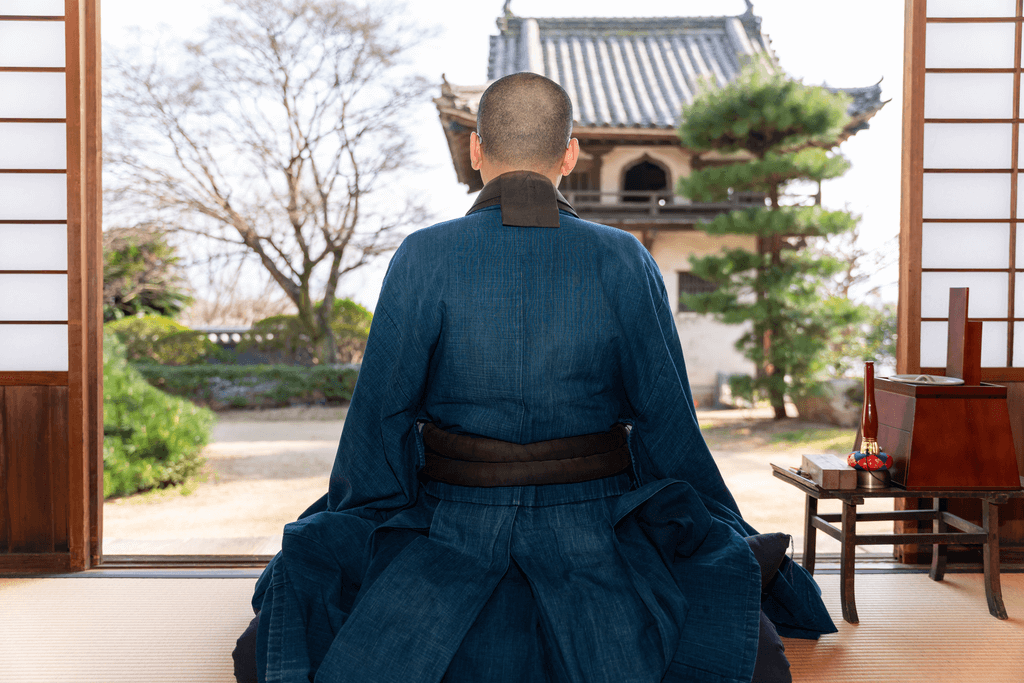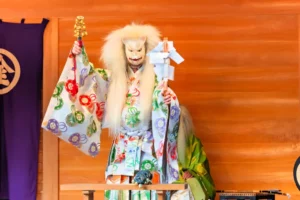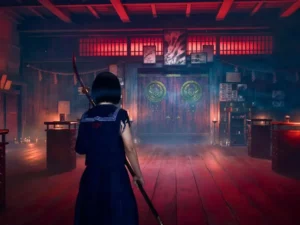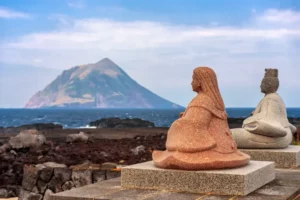When you close your eyes and picture traditional Japan, you probably think of Kyoto: luscious gardens, grand Zen Buddhist shrines, graceful geishas. While Kyoto is one of the most beautiful and rewarding cities in all of Japan to visit, it is also one of the most popular places to experience Zen Buddhism.
Picturing Kyoto is one thing. Once you’re in the inner streets of Kyoto, you will find that the cobbled path full ofwith traditional gift stores, kimono stores and traditional tea and candy shops. If you’re curious enough you will stumble upon little side streets with hidden shrines, temples and gardens. Unlike other cities in Japan, Kyoto’s unique culture and to the spirituality of Zen Buddhism are one in the same. The more you explore this traditional city, the more you realize it.
Kyoto is the city with over 1,000 temples and is home to some of the most awe-inspiring Zen Buddhist complexes in all of Japan. So, it’s no wonder that from the minute you step into the city limits you can feel the sense of history and tradition floating elegantly all around.
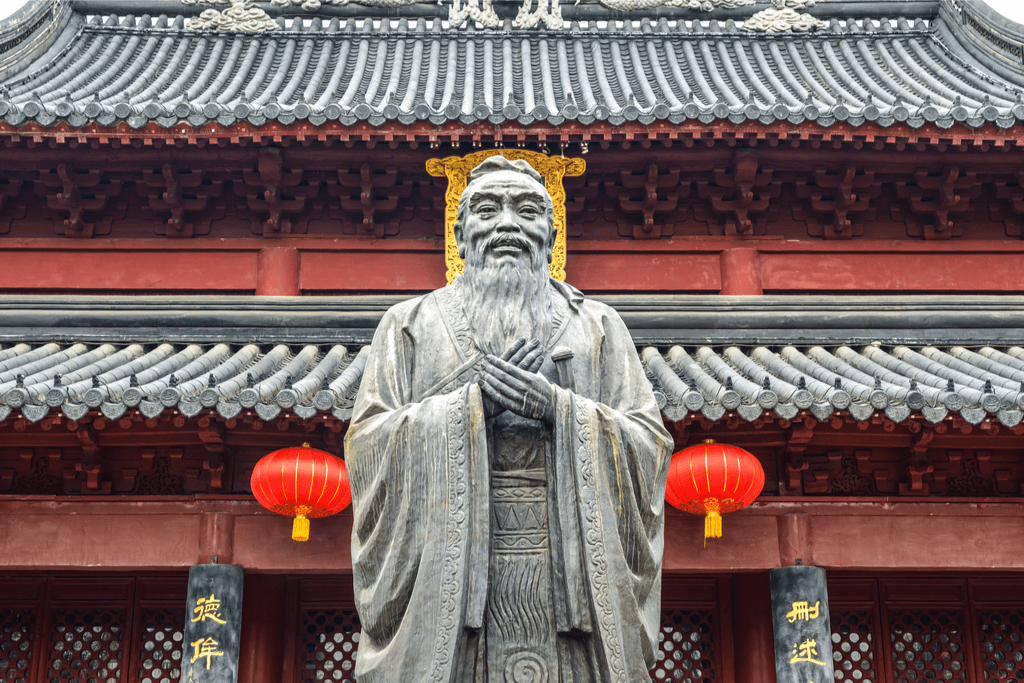
Interested in explore Japanese culture but can’t make it to Japan just yet? Well, don’t worry because Sakuraco has it covered! Sakuraco sends traditional Japanese sweets, snacks, tea and ceramics straight to your door so you can enjoy Japan in the comfort of your own home!
Table of Contents
ToggleWhere Did Zen Buddhism Come From?
The word Zen is the Japanese pronunciation of the Chinese word “Chan,” which means meditation. Zen was first introduced in Japan from China during the Golden Age of the Tang Dynasty (618–907). The East Asian philosophy of Daoism and Confucianism played a major impact on the meditation practices.
These Buddhist teachings and practices in Japan can be traced back to the Chinese school of Mahayana Buddhism. The idea of Zen refers to the quality of mind cultivated through sitting meditation, known as zazen in Japanese. Meditation is Zen Buddhists and Zen practitioners’ most important traditional practices.
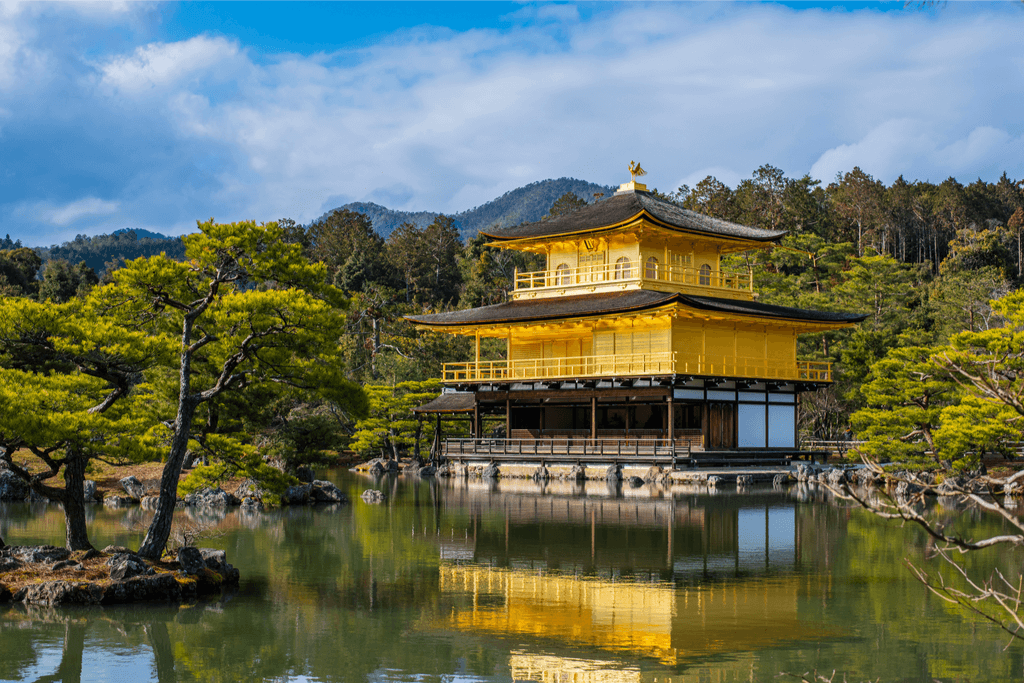
Zen Buddhism in Japan
The idealization of Zen is as diverse as its practitioners. The most common feature being an emphasis on simplicity and the practice of healing hearts, minds and connecting within the world. During Feudal times in Japan Zen monks served as doctors to the poor. At this time they often gave out medicine and magical talismans for those in need. They also acted as ministers, presiding over funerals and memorial services.
Within helping the impoverished, some Japanese Zen monks served as lead trade missionaries to China. These monks acted as administer governmental estates. Through aiding the Japanese imperial family and imperial government with relations with China, monks were able to bring wealth to the Zen Monasteries.
They then brought their wealth to Kyoto, which was Japan’s capital at the time. Which then became the epicenter of distribution of Chinese techniques such as printing, calligraphy, poetry, ceramics Zen literature and garden design.
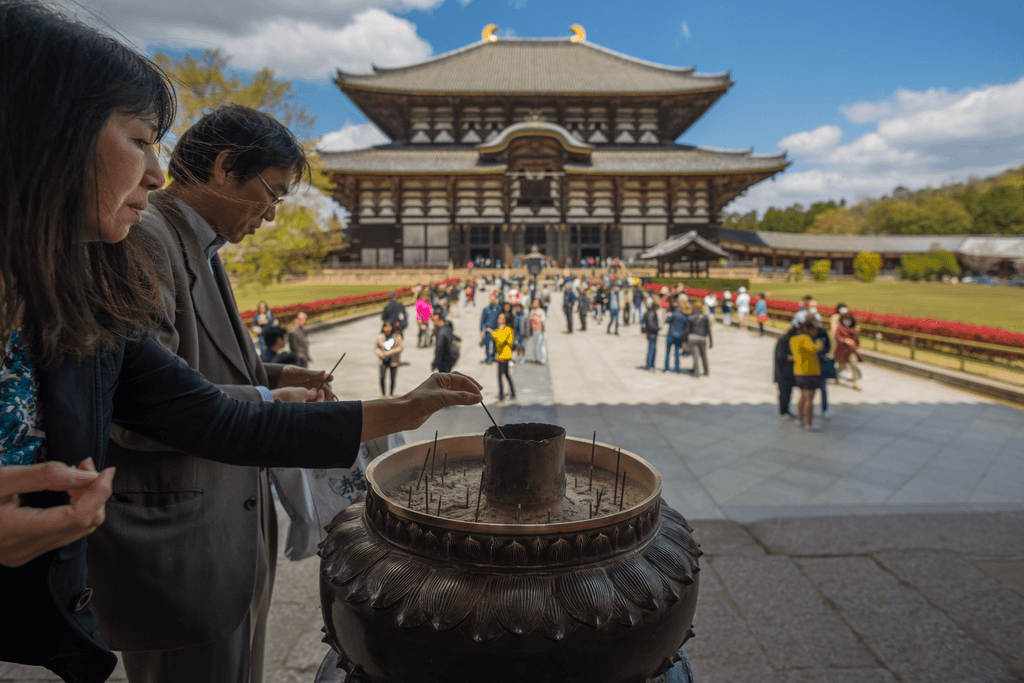
Modern-Day Buddhism in Kyoto
Now in modern Japan, Buddhism still plays a part in society. According to the Japanese Government as of 2018, there are about 84 million of the Japanese population that follow the religion of Buddhism. During this time Kyoto has stayed as one of the major locations for Buddhism practice. Just the sheer volume of these shrines and temples is enough to amaze anyone.
Within Zen Buddhism there are three major sects, Rinzai, Soto and Obaku. In Kyoto the teachings of the Rinzai School is now more common. The history of this sect is significant to Kyoto and Kamakura as they have important shrine sites.
In Kyoto there are five shrines–“The Five Mountains”– that are dedicated to the Rinzai teachings. The Rinzai sect difference is emphasis by the Japanese idea kensho. Kensho focuses on obtaining enlightenment through “seeing one’s true nature” or “to see clearly into the buddha-nature”.
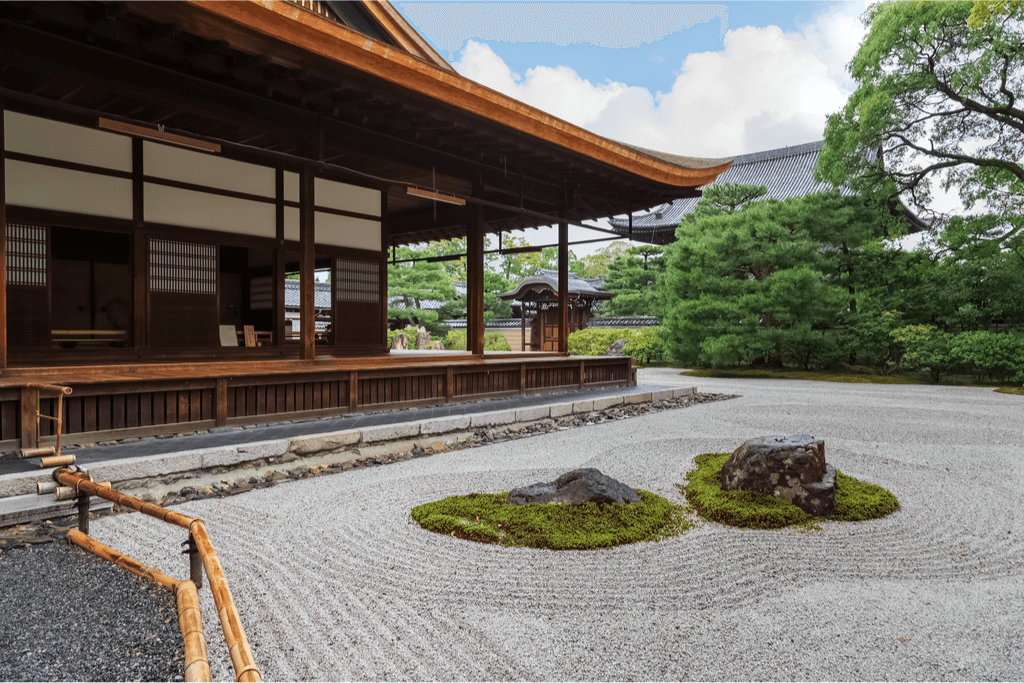
In Kyoto there are three Zen Buddhist shrines that are worth visiting. Not just to soak up history, but also to appreciate the labor used to create these magnificent places. The top three include: Kennin-ji Temple, which is most famous for its huge black twin dragons on the ceiling.
The Tofuku-ji Temple that has astonishingly beautiful rock gardens and the Rokuon-ji Temple. This temple, also known as the Golden Temple is a one of the most inspiring and eye catching temples in Kyoto. It’s one of the most famous temples in all of Japan. The Golden Temple attracts thousands of visitors annually who wish to gaze up on it.
Zen Buddhist Temples in Kyoto
Zen students and teacher still use these temples as a place to gather together. This is a space they can study and continue to become Zen practitioners. As the idea of Zen has gained popularity, Kyoto has also become one the must go places for tourists to visit and experience shrine traditions. It has become a place to go to and experience Zen practices and gain a peace of mind and achieve mental clarity through meditation.
Attaining enlightenment while traveling in Kyoto might be a bit difficult, but at least you can see some incredibly beautiful temples or festivals! Which temples would you like to visit in Japan?

